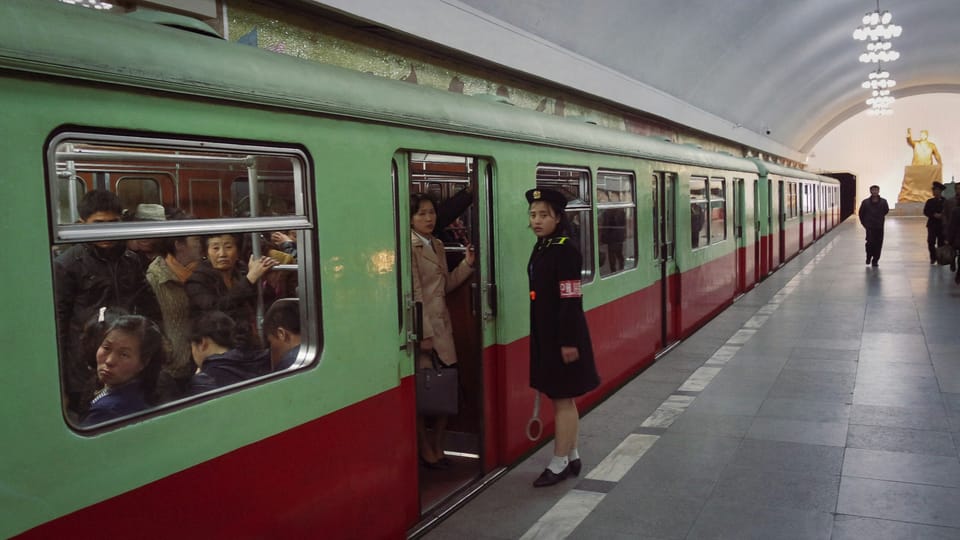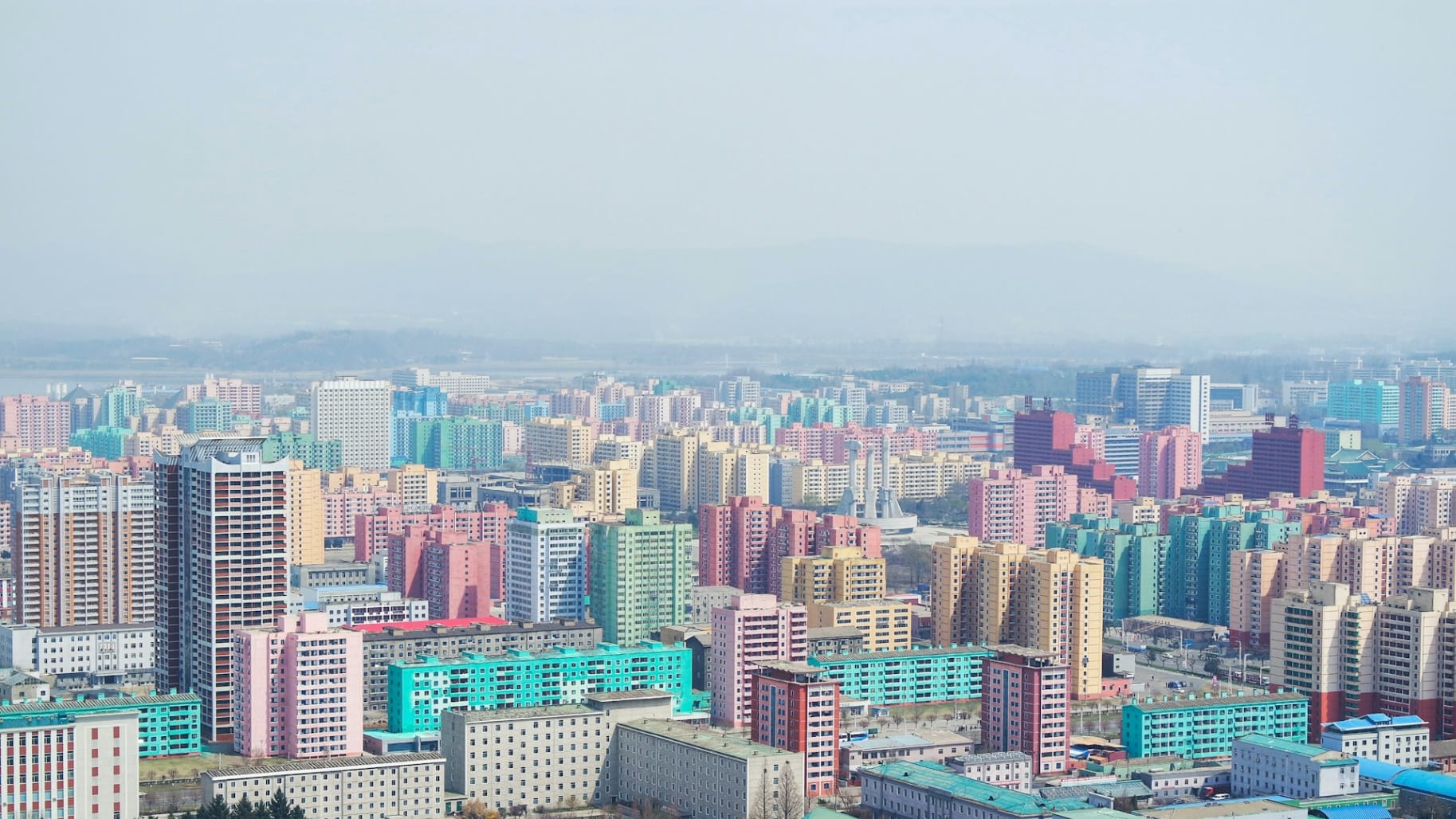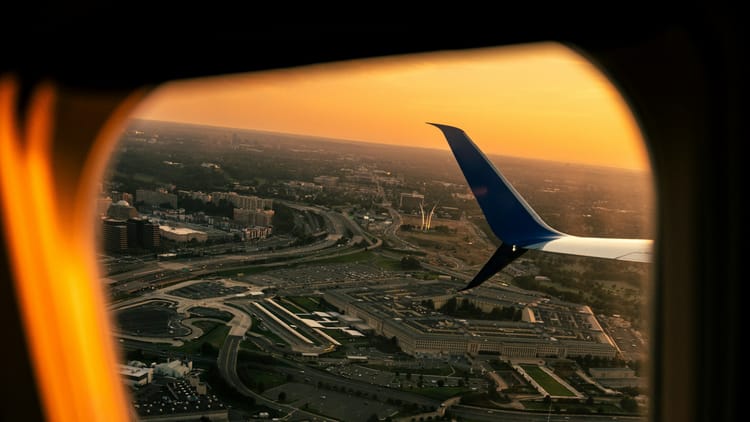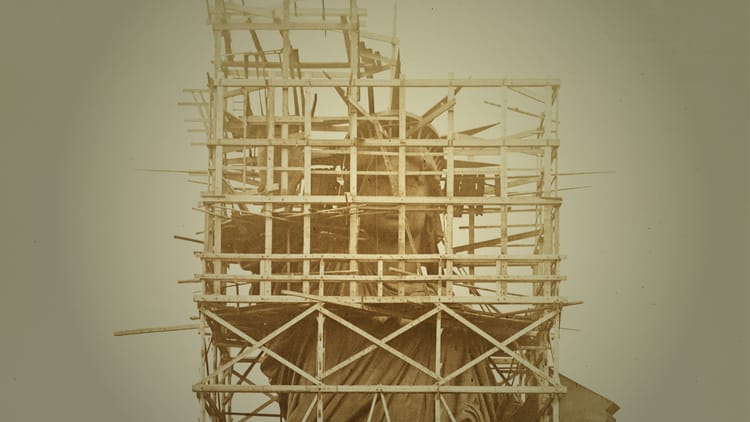Inside the prison state

The Korean Central News Agency, Pyongyang’s official broadcaster, released footage in July of families riding dune buggies along a beach, playing arcade games, sliding down brightly colored water slides. They were visiting Wonsan Kalma, a coastal resort where Supreme Leader Kim Jong Un had cut the ribbon weeks earlier. KCNA described 680 tourist attractions, dozens of hotels, and millions of tons of healing mud.
Most of North Korea’s 26 million people will only ever see Wonsan Kalma on their screens. It’s a showpiece in Kim’s campaign to attract foreign investment and project an image of prosperity—built for the well-connected in a country where people aren’t free to move about and couldn’t afford to visit a beach resort even if they were.
Behind the bright footage: forced labor and the mass displacement of neighboring residents. At least that’s what defectors who’ve escaped say. But getting reliable information about what actually happens inside North Korea has always been difficult—a closed system reporting on itself. Since the pandemic, it’s become harder still. Defector numbers have dropped steeply. The main sources of information are still what they’ve always been: defector accounts, tightly controlled junkets for foreigners, and the regime’s own propaganda machinery.
So what’s life actually like there? And is anything changing?
Yumi Kim is a defector from Haeju, North Korea, who escaped with her family to the South by boat in 2023. A Korean People’s Navy vessel chased them through the night. They only got away when fishing nets they’d thrown overboard tangled in the pursuing ship’s rudder.
Since Kim Jong Un came to power, she says, North Korea’s totalitarian system of repression has only intensified—with stronger surveillance, a wider network of informants, tighter control over daily life. The government cracks down on anyone caught with outside media using wiretaps, warrantless searches, beatings, show trials, and executions.
But there’s something else happening too—something the regime might not be able to stop. Younger generations are pushing back. They smuggle in flash drives from across the Chinese border. They make illegal cross-border phone calls. They secretly watch South Korean shows and movies on devices hidden from the authorities. North Korea’s Gen Z—raised on propaganda but exposed to glimpses of the outside world—thinks differently than their parents did. They ask different questions. They resist in small ways that might, over time, add up to something bigger.
Whether that skepticism—or Kim Jong Un’s expressed desire for foreign investment and his showpiece resorts—can change anything in a system that’s been dedicated to resisting change for seven decades just isn’t clear. What is, meanwhile: The gap between the propaganda footage and the reality keeps spreading …
Barbara Frye: Here in The Signal, Michael Breen talks about how difficult it is to know what’s going on inside North Korea—but also says there are signs that Kim Jong Un has begun to focus much more on the country’s economy. For instance, at least two factories were under construction in each of the country’s provinces last year. Have you seen supporting or contrary evidence from inside the country?






